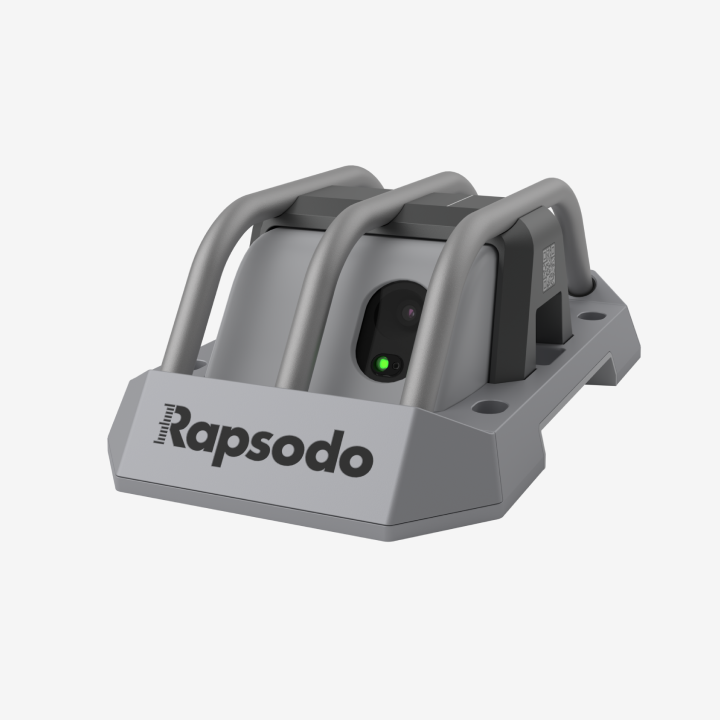The use of spin rate has mostly been referred to as a characteristic of pitching, but it can be applied to hitting as well. Every batted ball has a spin rate which can be used to determine a hitter’s quality of contact. Dialing in a hitter’s spin rate can lead to greater success in exit speed, launch angle, and other important statistics.
Spin rate in the Rapsodo Hitting app can be viewed directly to the right of exit speed, given as total spin.

This spin number is supplemented by a visual representation of the ball spinning along a given spin axis. The spin axis is also given in clock form, as explained in this visual below:

Total spin rate will always be given as a positive number, regardless if the spin hit is backspin or topspin. A spin axis number on the top half of the clock (9 to 3 clockwise) will be a ball hit with backspin, and a ball hit in the bottom half of the clock (3 to 9 clockwise) will be hit with topspin. The visual representation of the spinning ball will also denote if the ball has backspin or topspin.
Performance: What does your data mean?
Spin rate on batted balls is very similar to spin rate in pitching: backspin will keep the ball in the air longer, much like how a high spin pitcher’s fastball doesn’t drop as much as a low spin pitcher’s fastball. For a batted ball to travel a long distance, it needs to have enough spin to stay in the air, but not so much spin as to allow time for a fielder to track it down. Here is a chart that shows the interaction between spin rate and results:

Coaching
Total spin is an effective way to show hitters how well they are squaring up the ball. Effectively keeping spin rate below 2500 RPMs of backspin guarantees the best chance at success. Here is an example of how spin rate and exit speed interact for a sample player:

For this player, and most players, the chart will be very similar. The hardest hit balls generally have lower, knuckling spin. Exit speed remains at around the same level until around 3,000 RPM, where quality of contact decreases and exit velocity takes a large dip.
Many have said that hitters should try to hit with backspin to get the ball in the air, which is true to some extent. Backspin does help the ball stay in the air. However, if the ball isn’t hit hard enough to get it to the fence, added backspin only creates a balloon effect that gives fielders more time to track down the ball.














